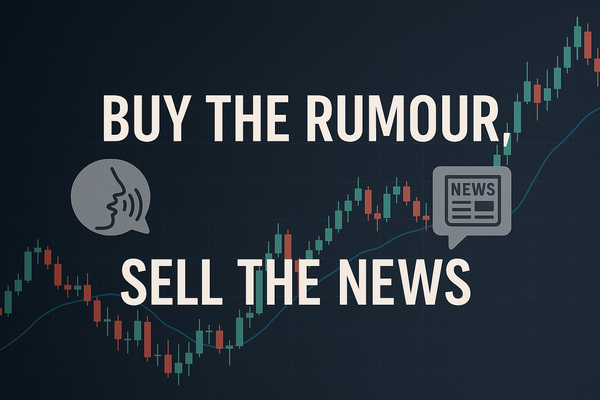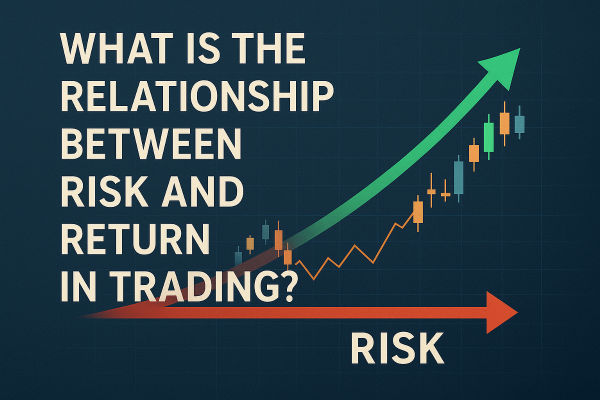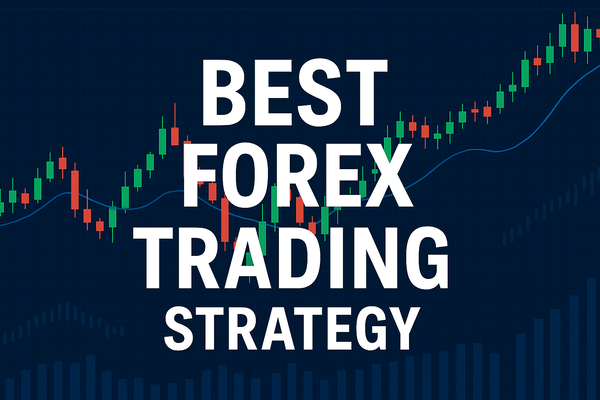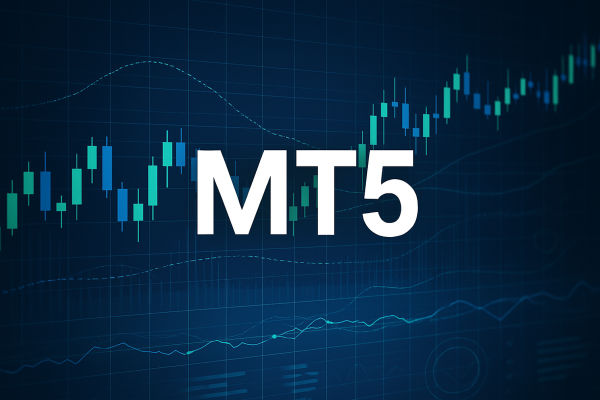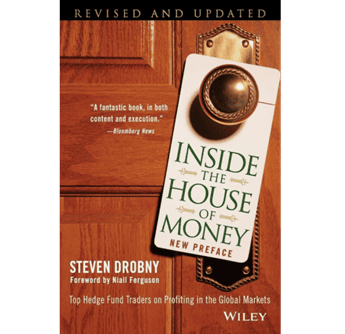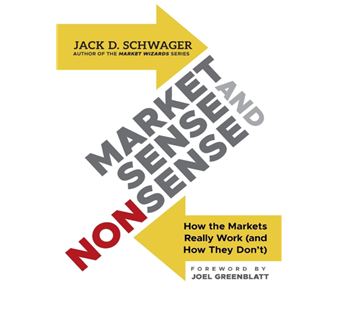
In the realm of financial markets, technical analysis and risk management often dominate the conversation yet the most elusive edge resides within the trader's own mind.
In The Psychology of Trading by Brett N. Steenbarger the author argues that without mastery of one's psychological landscape even the best systems will falter. This book presents a rigorous, practitioner‑oriented exploration of how emotional states, cognitive habits and behavioural patterns shape market performance and details actionable tools for gaining psychological control.
Below follows a comprehensive and original article structured to reflect the major themes of The Psychology of Trading, with professional‑level headings, complete sentences and even tabular breakdowns where useful.
Framing The Psychology of Trading
In The Psychology of Trading the author draws upon his dual identity as clinical psychologist and market practitioner to define trading as fundamentally a human endeavour rather than purely a technical one.
He emphasises that successful trading requires the interplay of strategy, process and mindset. Early in the book the reader is invited to view their trading behaviour as data, subject to reflection, adaptation and growth. Reviews observe that the book tackles what many trading‑books neglect: the trader's inner world.
The author also provides guidance on how to read and use the book—by diagnosing one's current psychological profile, by practising deliberate behaviour change and by reflecting on results. Thus the introduction sets the stage for the subsequent sections which unfold a structured journey into awareness, decision‑making, emotional control and professional process.
Self‑Awareness and the Trader's Internal Landscape in The Psychology of Trading
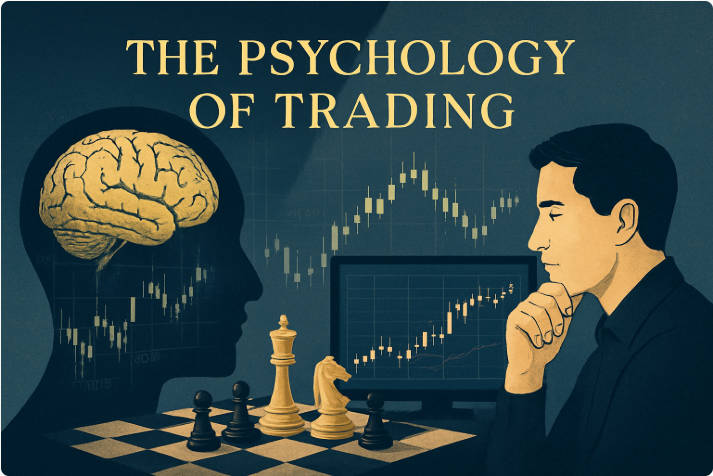
In this section the book emphasises self‑awareness as the foundation of trading psychology. The trader is asked to recognise his or her habitual patterns, emotional triggers, cognitive biases and typical responses to draw‑downs or profits.
Steenbarger introduces the concept of "state shifts"—transitions in mood, focus, physiology—that influence trading performance, reminding us that one's internal landscape is dynamic and must be managed proactively.
Self‑Awareness Dimensions
| Dimension |
Description |
Application in Trading |
| Psychological Profile |
The individual's natural temperament, strength zones and weak links |
Use journaling to map patterns of winning/losing trades and associated feelings |
| State Shifts |
Variation in internal states such as anxiety, boredom, over‑confidence |
Develop pre‑trade rituals to reset state and post‑trade routines to recover |
| Implicit Learning |
Tacit recognition of patterns, habits formed outside formal rules |
Create feedback loops so that implicit lessons become explicit insights |
By systematically working through these dimensions, the trader builds a map of "who I am when I trade" and "how I respond when the market changes". The book argues that without this map, technical skill may be undermined by unrecognised psychological interference. As one reviewer notes: "We are the most important element in our trading."
Decision‑Making Under Uncertainty in The Psychology of Trading
Trading inevitably involves making decisions under conditions of uncertainty, ambiguity and risk. Steenbarger shows how cognitive traps such as anchoring, overconfidence and emotional reactivity degrade decision‑making quality. He argues that the expert trader cultivates both a rule‑based logical framework and an intuitive capability honed via reflection.
Key aspects include:
recognising when one is trading from fear or desperation rather than clear plan
using a trading journal to turn raw experience into insight and reduce bias
adapting one's decision‑making process as market regimes shift and old patterns no longer apply
He writes that successful traders treat their process as evolving rather than static; they evaluate when the rules or heuristics no longer serve. This emphasis on process over outcome links directly to sustainable performance.
Decision‑Making Framework
| Step |
Focus |
Practical Action |
| Define decision criteria |
What factors should trigger entry/exit or position size changes |
Document entry checklist based on market context |
| Monitor internal state |
Am I in a reactive or proactive frame of mind? |
Pause before trade when emotional signal is high |
| Review outcome regardless of result |
Did decision align with criteria and state? |
Weekly trading‑journal review with annotated decision matrix |
Through these steps the reader of The Psychology of Trading gains a structured approach to decision‑making, anchored in psychological as well as market realities.
Emotional Management and Psychological Resilience in The Psychology of Trading
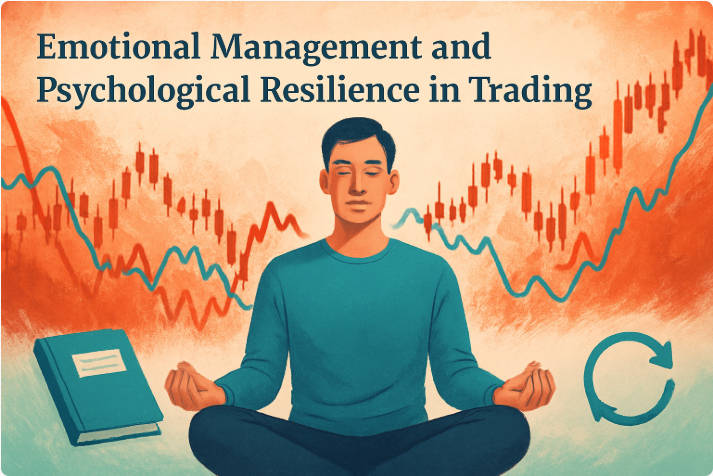
Emotions such as fear, greed, frustration and complacency are ever‑present in trading. Steenbarger devotes considerable attention to how these states manifest behaviourally and how they can derail process and performance. He explains that emotional management is not about eliminating emotion but recognising, redirecting and leveraging it appropriately.
Resilience emerges as a central theme: treating mistakes and draw‑downs not as failures but as feedback, adapting to adversity and recovering. The book reminds traders that non‑trading aspects of life—sleep, physical health, relationships—impact trading mind‑state and should not be neglected.
Some of the tools presented include: self‑coaching questions (“What am I feeling right now and why?”), state‑reset routines (breathing, brief physical movement), and reflective tools (journals, peer‑feedback, video review). These help traders maintain composure and clarity in the face of market stress.
Developing Your Trading Edge Through Psychological Tools in The Psychology of Trading
One of the book's major contributions is its focus on building a personal "psychological edge". Rather than simply emphasising fixing weaknesses, Steenbarger suggests leveraging individual strengths, creating consistent practice environments and evolving one's trading process deliberately. He adapts the concept of "deliberate practice" from performance science to the trading domain.
The reader is encouraged to establish routines for journaling, feedback loops, peer mentoring and continuous improvement. The author cautions against rigidity: market conditions, personal circumstances and one's own psychology evolve, so flexibility and adaptation become part of the edge.
In this way the trader moves from "following rules" to "cultivating a personal signature" — a style aligned with their psychological makeup, risk tolerance and market view.
Process, Performance and Professionalism in The Psychology of Trading
Steenbarger positions trading as a profession rather than a hobby. He argues that treating trading with a professional mindset — routines, preparation, review, improvement — creates the conditions for consistency.
The book encourages a focus on process (what the trader does) rather than obsession with outcome (profit and loss), because outcomes are often the result of unlucky sequences rather than faulty process.
Important themes include:
designing daily routines for readiness (pre‑market review, trade plan, mental check)
post‑trade rituals (journaling, state review, performance assessment)
periodic strategic review (edge evaluation, adapting systems, personal development)
integrating psychological work (self‑awareness, emotional management) with technical and fundamental skill sets
By viewing trading as a business, the trader invests in infrastructure, data, feedback and continual learning. The Psychology of Trading provides a blueprint for this transformation from amateur to professional.
Case Studies and Practical Applications in The Psychology of Trading
The book enriches theory with real‑world examples drawn from the author's clinical and market experience. These case studies illustrate how psychological issues manifest: an otherwise skilled trader succumbing to greed, a talented technician failing in draw‑down, a trader ignoring poor emotional state and entering a sequence of uncharacteristic trades.
The author then turns those cases into practical worksheets: self‑diagnosis of psychological profile, emotional‑trigger list, trade‑review checklist. The reader is invited to apply those tools to their own trading practice. The emphasis is on "do it yourself" rather than passive reading.
These practical applications bridge theory and practice in a tangible way. As one reviewer states: "What this book shows is how to take the proper perspective and observe our greed and fear, enabling us to see them for what they are instead of getting caught up in these powerful emotions."
Advanced Themes: From Trader to Trader‑Coach in The Psychology of Trading

In the final major section the book invites advanced traders to step beyond their own trading and adopt a meta‑perspective: coaching themselves and potentially others. The book introduces the notion of meta‑skills — self‑leadership, adaptability, creativity — as the next frontier of trading psychology.
As markets become more dynamic, the author argues that the trader who remains adaptive, reflective and creative will outperform those who rely simply on fixed rules. The book also discusses long‑term performance sustainability, including avoiding burnout, balancing life and trading and maintaining alignment between one's personal values and trading approach.
Thus The Psychology of Trading transitions from "how to trade better" to "how to evolve as a trader".
Conclusion
In conclusion the book delivers a holistic framework for mastery of the psychological dimension of trading. It recaps the essential pillars: self‑awareness, decision‑making, emotional management, process professionalism and continual evolution. The reader is urged to treat psychological mastery not as a one‑off but as a lifelong endeavour.
The closing message is clear: with technical knowledge, risk management and psychological competence aligned, the trader gains a true competitive edge. The mental infrastructure built via the tools and techniques within The Psychology of Trading outlasts any single market environment or trading system.
Frequently Asked Questions
Q1: What is The Psychology of Trading about?
The book examines how a trader's mindset, emotional states, cognitive habits and behavioural patterns directly influence market performance. It provides tools and techniques to develop psychological competence and integrate that with trading process.
Q2: Who should read The Psychology of Trading?
It is valuable for traders of all levels who recognise that their internal psychological environment is creating barriers to consistent performance. Beginners will benefit from mindset foundations and emotional awareness. More experienced traders will appreciate the emphasis on process, self‑coaching and long‑term professional development.
Q3: Does the book provide specific trading strategies or systems?
No. While it addresses trading behaviour and process in depth, it does not present a specific technical trading system or market strategy. Instead it equips the reader to trade more effectively regardless of system via psychological mastery.
Q4: How can I apply the concepts in practice?
By engaging with self‑diagnosis (journalling, profiling), implementing routine state‑shifts (pre‑trade and post‑trade rituals), adopting structured review processes (track decisions, emotions, outcomes), and aligning your process with your personal strengths rather than simply trying to fix every weakness.
Q5: Will reading this book guarantee trading success?
No guarantee is offered. The author emphasises that psychological mastery is necessary but not sufficient on its own. The real work lies in consistent application of the tools, continuous practice, adaptation and integration with trading execution and risk management.
Disclaimer: This material is for general information purposes only and is not intended as (and should not be considered to be) financial, investment or other advice on which reliance should be placed. No opinion given in the material constitutes a recommendation by EBC or the author that any particular investment, security, transaction or investment strategy is suitable for any specific person.











